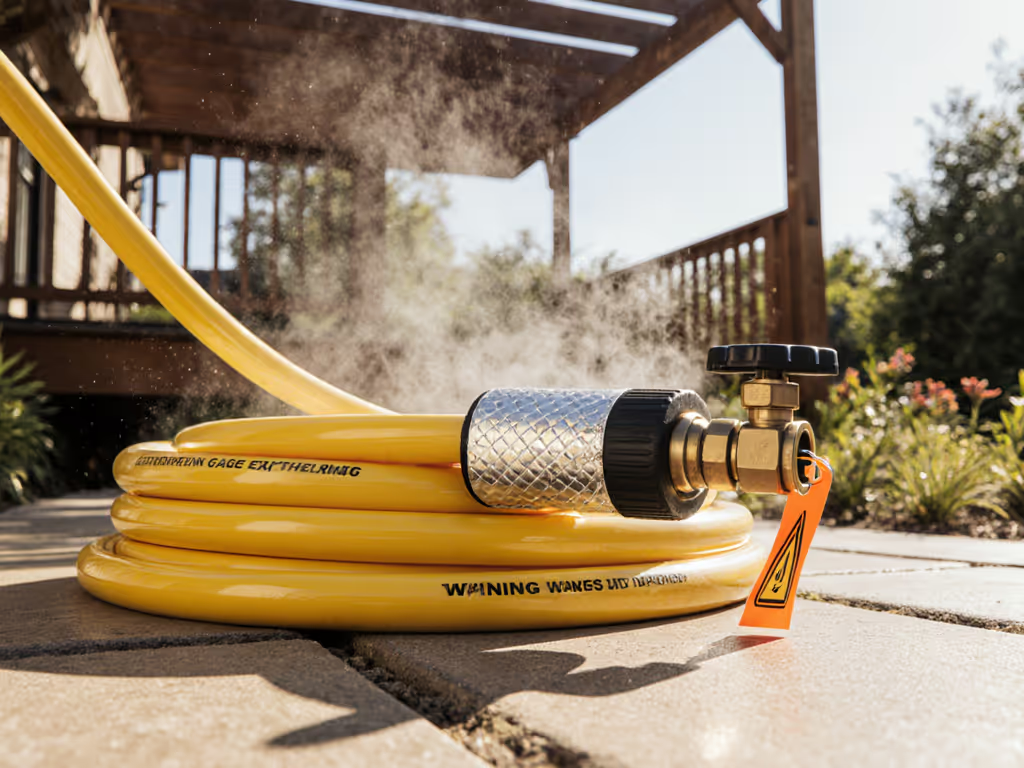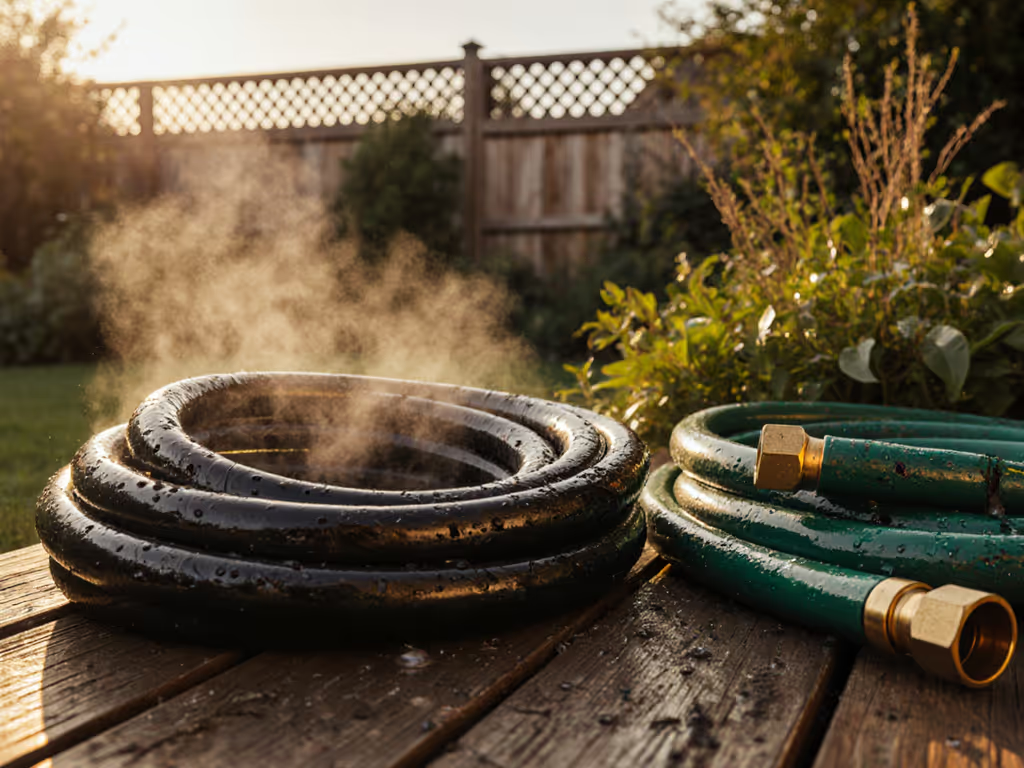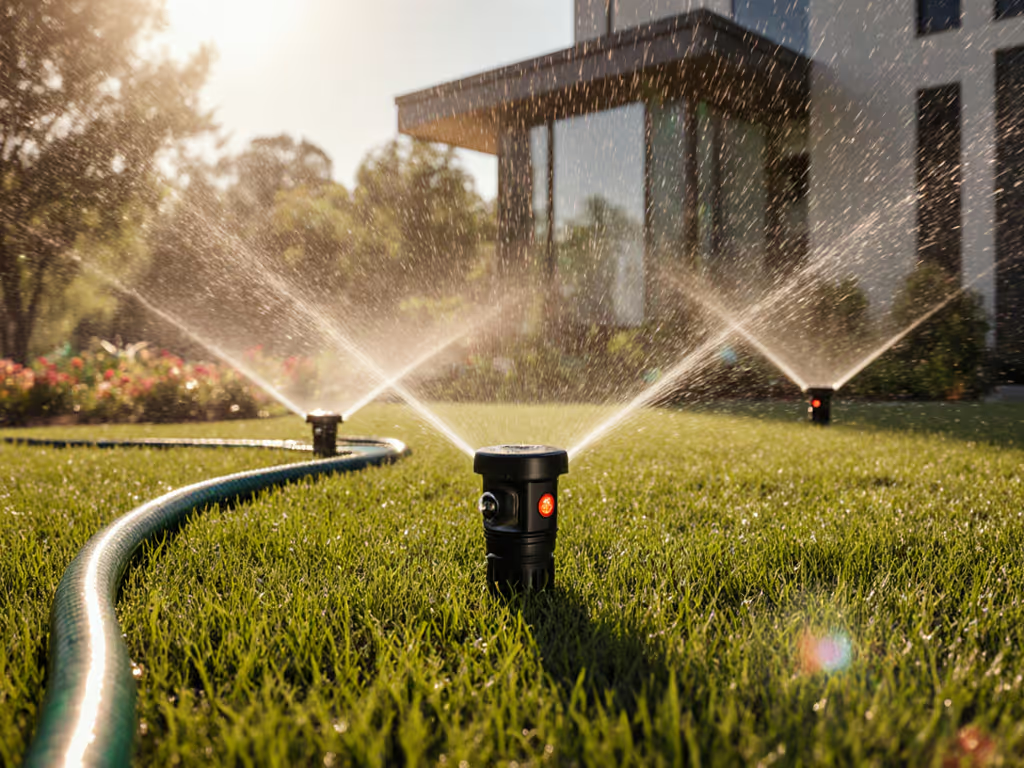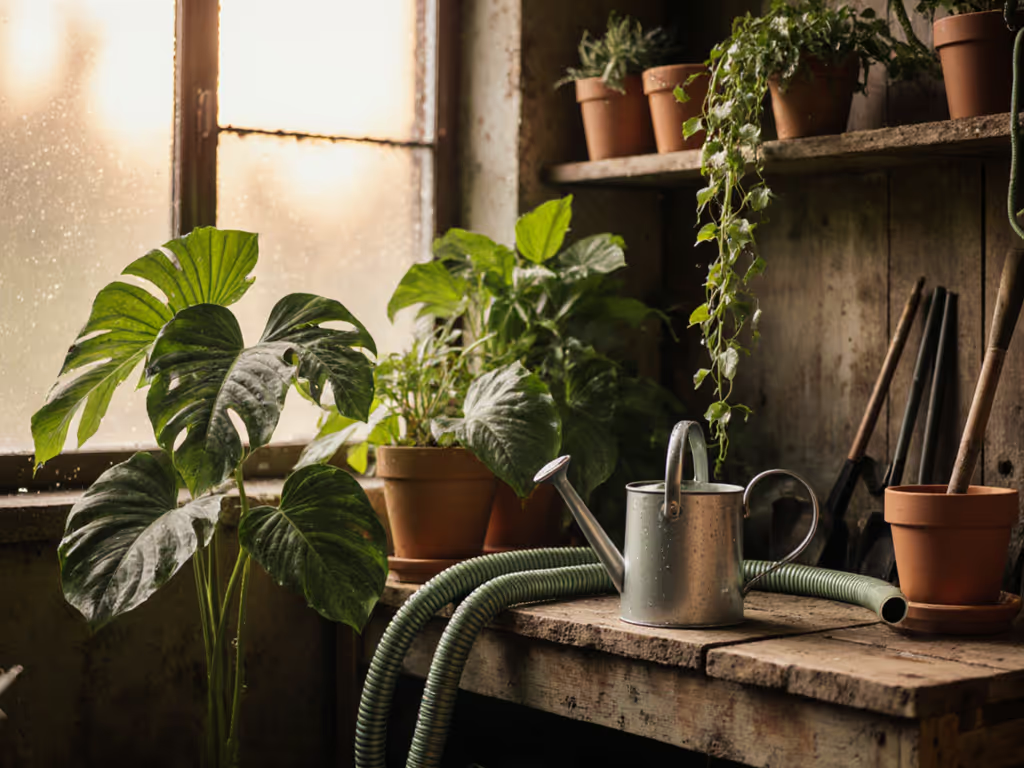
Fire-Safe Garden Hoses: Critical Specs for Emergencies
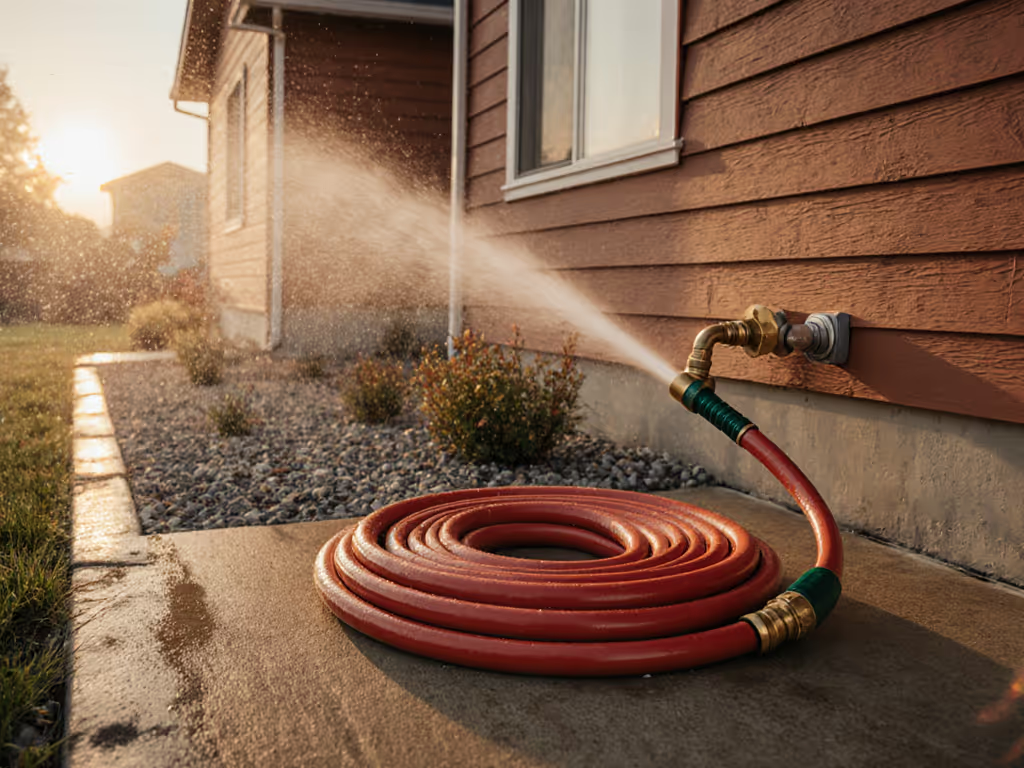
Garden hoses can serve as vital emergency water sources during fires, but only if they meet specific technical standards. Most residential hoses lack the pressure rating, durability, and fittings required for firefighting. For a deeper breakdown of hose pressure capabilities, see our garden hose PSI ratings comparison. The critical specifications (backed by fire codes and engineering standards) transform ordinary garden hoses into reliable emergency tools.
Regulatory Basis for Fire Hose Performance
Maritime and Coast Guard standards provide the clearest benchmarks for acceptable emergency hoses. For vessels under 65 ft carrying ≤49 passengers, garden hoses are permissible if they meet three criteria:
- Minimum 0.625-inch inner diameter (16mm) [1][6]
- Construction with inner rubber tube, fabric reinforcement, and outer rubber cover [1]
- Corrosion-resistant fittings (e.g., brass) [1][2]
The Coast Guard emphasizes that acceptable hoses must maintain "serviceable condition," defined by:
- Intact lining without cracks or blistering [2]
- No visible damage to outer jacket [2]
- Brass fittings showing no corrosion pitting [2]
Critical Technical Specifications
Pressure and Flow Requirements
- Burst pressure: Minimum 350 PSI (vs. typical garden hose < 200 PSI) [9]
- Flow rate: ≥5 GPM at 50 PSI for effective fire stream [3][8]
- Diameter: 5/8" minimum; 3/4" optimal for friction reduction [4][6]
Construction Integrity
- Reinforcement: Double-jacket polyester/cotton weave or rubber-covered construction [2] Learn how different reinforcements perform in our polyester vs nylon vs steel braid tests.
- UV resistance: ASTM G154 tested for >1,000 hours UV exposure [9]
- Temperature rating: -20°F to +150°F operational range [9]
Fitting Specifications
- Solid brass coupling nuts (not chrome-plated) [1][2]
- Crush-resistant hexagonal ends for wrench tightening [2]
- Gaskets: Replaceable ethylene propylene diene monomer (EPDM) washers [1][3] If you encounter fitting mismatches, see our garden hose thread types guide.
Deployment Protocols for Emergencies
Location and Accessibility
- Permanently connected to hydrant/spigot per OSHA 1910.158 [5]
- Positioned ≤10 ft from potential ignition sources (grills, fire pits) [8]
- Unreeled and kink-free at all times [1][5]
Maintenance Regimen
| Task | Frequency | Code Reference |
|---|---|---|
| Pressure test | Quarterly | NFPA 1961 [9] |
| Nozzle function check | Monthly | NFPA 14 [7] |
| Coupling inspection | Weekly | 46 CFR 181.320 [1] |
| Drain and dry | After each use | Drain-down protocol |
Visibility in Emergencies
- Fluorescent orange jacket (not green/camouflage) [3]
- Wall-mounted cabinets with break-glass access [3][7]
- Reflective markers every 15 ft for night visibility [3]
Limitations of Standard Garden Hoses
Compared to code-compliant emergency hoses, typical residential hoses fail in 4 critical areas:
- Pressure handling: Burst below 250 PSI vs required 350 PSI [9]
- Fitting failure: Plastic couplings melt at 150°F vs brass at 1,750°F [1][2]
- Water hammer vulnerability: Weak liners rupture during pump engagement [9]
- Freeze damage: Standard vinyl stiffens at 32°F vs rubber at -40°F [9] If you manage sub-zero winters, use our advanced hose winterizing guide for freeze-proof setups.
Final Verdict: Key Emergency Readiness Criteria
For homeowners in wildfire zones or rural areas, garden hoses should meet 3 non-negotiable standards:
- Brass fittings with EPDM washers to prevent leakage at connections
- Rubber-covered construction (not vinyl) for UV/freeze resilience
- ≥5/8" diameter with ≤50 ft length to maintain pressure
Implementing a strict drain-down protocol after each use eliminates freeze damage (the most common failure point in emergencies). Pair your hose with a solid-stream nozzle (not misting pattern), and mount it in a designated cabinet for instant access. For recommended options, see our leakproof nozzle sprayers. These specs transform garden equipment from lawn care tools to life safety assets.
Build for your climate, and leaks stop before they start.


